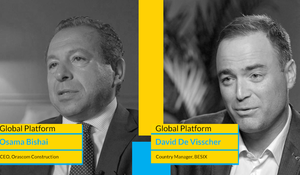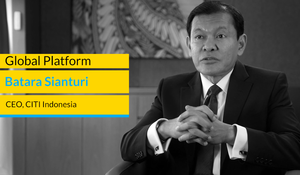Our fish stocks are overharvested with a 90% decline in the abundance of key commercially exploited species. We are taking major actions to recover this stock, which is a very important and integral part of our coastal community’s livelihood and for food security. We took measures that range from banning gargoor, a traditional fishing gear, to restrictions on the fishing season and restocking as part of the UAE Sustainable Fisheries Programme. We hope to have sustainably used fisheries by 2030. We are also at the stage of procuring a state-of-the-art marine vessel which will enable us to carry out fish stock assessment more frequently, which will complement our efforts in establishing an advanced environmental research centre by 2024.
We have the only population of flamingos that breeds in the Arabian Gulf, we have a thriving population of Arabian oryx and nearly 80% of all our habitats are protected. Also, we have the largest population of Indian Ocean humpback dolphins. We continue to discover new species of insects that are recorded for the first time in science. Our efforts are not just limited to UAE. We are in the middle of one of the world's most ambitious reintroduction programmes in Chad, where a population of 250 scimitar-horned oryx were released for the first time after becoming extinct 30 years ago.
The Environment Agency – Abu Dhabi in 2020 is finalising the emirate's first single-use plastics policy through a wide-scale stakeholder engagement process that involved not only government entities, but also interviews with private sector partners and over 2700 respondents. This policy calls for a significant reduction of single-use plastics consumption and providing sustainable alternatives like bags, cutlery and bottles. Abu Dhabi is not only part of a global efforts to reduce them, but also wants to demonstrate leadership as a responsible producer and consumer of plastics.
Technology has a potential for us to reduce our environmental impact, but it needs to be combined with behavioural change as well as commitment from business. The future is definitely big data, artificial intelligence and robotics, and how seamlessly we can integrate them in our operational activities as well as in decision making – this will further define our success. We are ahead of the curve and we will continue to make a bigger push in coming years so that species, habitats, ecosystems, functions and environmental sustainability remains relevant at the local and global level. We will continue to protect our environment and biodiversity by investing in cutting edge technologies and integrating artificial intelligence, robotics – definitely – and drones. Looking at the environmental challenges that face us today, I believe that human activities are at the centre of the problem, but also I believe that human activities can be part of the solution and this is why we need to partner with the private sector, with NGOs, with communities, but also with local organisations and international organisations abroad.








